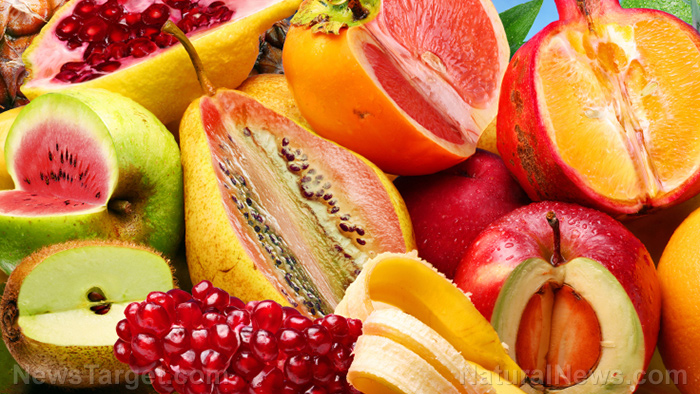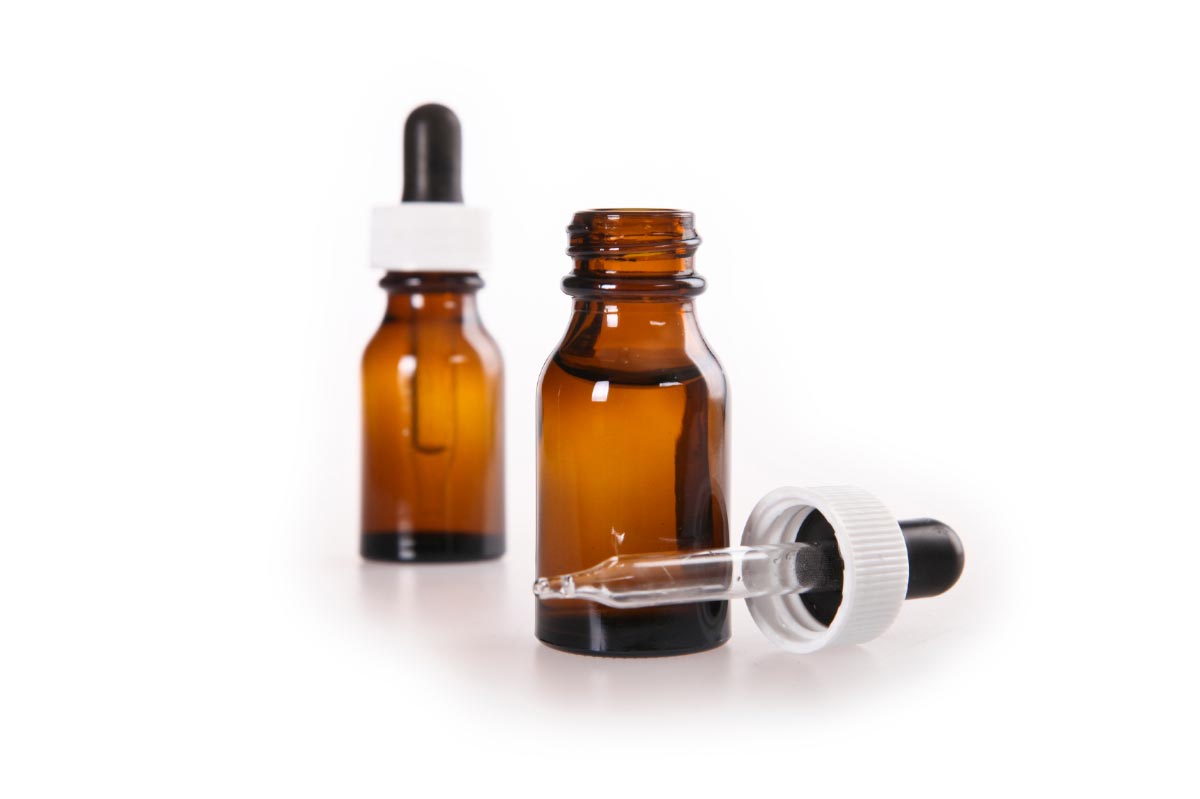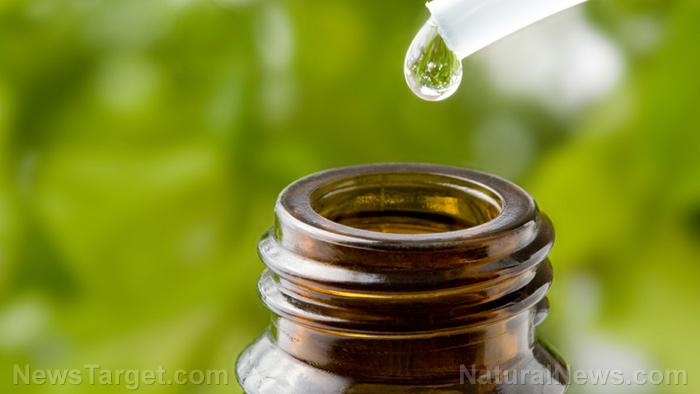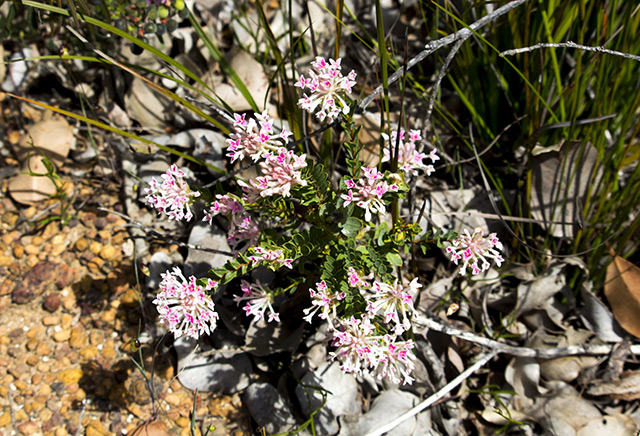We’ve all heard to eat the peel on nutritious fruit; now you can drink it: Wine from fruit peels offers health benefits and eliminates food waste
02/10/2019 / By David Williams

While fruits may be considered as nature’s candy, they contain far more than just sugar and empty calories. Indeed, eating fruits can give you many health benefits, most of which you’ll be able to see or feel immediately. But did you ever consider that the fruit peels that you tend to just throw away after can hold health benefits too?
That’s part of the idea that a group of researchers from Africa had in mind when they conducted a study that focused on alternative ways of using fruit peels. In it, the researchers managed to create wine from peels of a couple of different fruits, then eventually mixed the two together for a third variation. Through their research, they were able to conclude that it’s possible to produce good quality wine from fruit peels.
According to the researchers, the primary motivation for their study is the fact that the act of processing fruits into juices and other related products typically generates a lot of waste in the form of peels, which then end up causing disposal problems. As such, they found that it was necessary to find an alternative method of utilizing these waste products to minimize the problem of actually disposing them. The solution they found is a rather straightforward and simple one: Use the peels to make wine.
In the introduction of their researcher paper, the researchers mentioned that wine-making is one of the most ancient technologies and that it is now one of the most commercially prosperous biotechnological processes known to man. So, they thought, wouldn’t it be wonderful if, in the act of reducing food waste in the form of peels, they could produce something – a product – that they could then sell to make a profit? That’s practically the whole basis of their research. And it turns out that the answer to that question is yes – you can make wine of acceptable quality just from using fruit peels for raw materials.
The raw materials used in the study were peels from mangoes, pineapples, and a mix of mango and pineapple. Each of these were used in the fermentation process, which was performed in separately packed 200-liter plastic covered containers. While the peels fermented, the researchers observed and monitored progress every two months for a total of six months. Once the six months were up, the resulting wines were packaged in 300 ml bottles, all labeled and put into crates where they belonged.
The main thing that the researchers got from their study was that, by using fruit peels to make wine, they could create something that’s higher in quality than what local competitors are producing, and that they could do it for a fraction of the production costs. That’s because fruit peels are ultimately a cheap – if not free – source of raw materials for their product. They conclude their study by saying that “the price of wine from such materials will be quite lower than that from local competitors especially with good marketing and consistence in quality.” That makes it economically feasible. (Related: 14 Fabulous Uses & Benefits Of Leftover Lemon Peels.)
As for the health benefits, it is well-known that wine possesses many of them, some of which are protection against obesity, diabetes, high cholesterol, and blood clots. Wine is also known to help with weight loss, as well as contribute to overall health with its anti-aging properties. It’s clear that the researchers have struck gold with the results of their research here, where they are not only helping to clean up the environment, but also aiding in new ways to keep people healthier.
Sources include:
AJFAnd.net[PDF]
Tagged Under: food waste, Fruit peel, Fruit Peels, fruits, functional food, green living, Peel Wine, Waste disposal, wine
RECENT NEWS & ARTICLES
Herbs.News is a fact-based public education website published by Herbs News Features, LLC.
All content copyright © 2018 by Herbs News Features, LLC.
Contact Us with Tips or Corrections
All trademarks, registered trademarks and servicemarks mentioned on this site are the property of their respective owners.




















